Considerable effort is spent on naming and branding insurance companies, but does it matter? Chris Wheal explains
Do you order a clear, distilled, sugarcane-soaked alcohol and a carbonated, cola-flavoured beverage or do you ask for a Bacardi and Coke? At their simplest, brands can help you sell more and sell at a higher price.
Mark Searles, Zurich’s UK marketing chief, says: “We’ve already seen it with the aggregator sites. People don’t necessarily buy the one ranked first by price. You can be on the first page for price but customers will look for a brand they recognise.”
Paul Atkinson, marketing and communications director at Aon, says the brand can give staff that little extra they need, especially in a global market where clients may be buying cross-border. “Having a strong brand gets us a seat at the table, giving our people the positive environment in which they can have conversations about how we can add value.”
A brand is much more than just a logo and some headed paper. It represents the key values that the customer associates with a company. Groupama’s brand is suitably French – proximité, responsibilité and solidarité. A collection of local mutuals in France, Groupama’s brand symbolises a commitment to giving local companies a level of autonomy while promoting a close relationship with the customer.
Groupama’s UK marketing manager, Jamie Marchant, says: “Our companies may use their local brand where there is significant value, but in the long term they want to be Groupama. Sometimes you have to build the value of the brand in that market first.”
When Zurich took over the financial services businesses of BAT Industries in 1998, it subsumed some general insurance clients gradually, and initially kept Eagle Star as a direct selling brand. Eventually it switched to Zurich in 2005. Searles says: “We live in a global world and you need a solid brand across the world. Now we are a single brand, that can happen quickly.”
Allianz has all but dropped the Cornhill name too. Group marketing and communications manager David Keel says: “The approach was fairly cautious but now we’re being more forward thinking. Allianz is looking for a global brand to get a better return for its investment in that brand. You get more value from the money you spend.
“When we were Allianz Cornhill there was a bit of concern in the market – were we or weren’t we? We certainly didn’t get the return on the Formula 1 sponsorship that other parts of the company got.”
Exceptions prove the rule. Allianz is not killing off Petplan, which is as strong as an ox in the veterinarian market where it is sold. “The one thing RBS Insurance would like us to do would be to drop the Petplan brand. While Cornhill had a longer history, the empathy with Petplan is stronger,” says Keel. The name Cornhill remains only for the direct arm selling to the over 40s who retain that strong association.
Aon retains Footman James for the classic car market, Groupama has no plans to change famous biker broker Carole Nash to Groupama Insurance Brokers and even Zurich still uses the Navigators & General brand for its yacht and boat insurance.
Chris Ley, Marsh’s head of middle market and commercial in Europe, the Middle East and Asia, says it is sometimes regulatory issues that prevent the single brand from dominating. “In some parts of the world, we’re not permitted to wholly own a company. There may be a joint venture where we cannot take 100% control.”
Eric Galbraith, chief executive of Biba, says sometimes insurers have so many brands or have changed brands so frequently that the broker has to explainwho the ultimate insurer is, using either their current brand or an older one that the client will recognise.
Aviva is a relatively new brand that was launched in 2002 following the merger of CGU and Norwich Union (NU). Of the 27 countries in which it operates, 23 use the Aviva brand.
The five initial brands were: NU in the UK; Delta Lloyd in the Netherlands; Hibernian in Ireland; Morley Fund Management on the investment side; and Commercial Union. The latter has been dropped and there is speculation that NU will go the same way.
“‘Having a strong brand gets us a seat at the table, giving us the positive environment in which to have conversations about how we can add value’
Paul Atkinson, Aon
Sally Shire, group brand development manager at Aviva, says that while it would be tidier to have one brand, this ignores reality: “We have some other strong brands in the portfolio and that includes Norwich Union. Aviva is still a relatively young brand in many markets and the difficulty is how to get a non-trading brand as recognisable as a trading brand.”
Aviva says more press coverage than ever now refers to “Aviva-owned Norwich Union”. The company monitors the brand awareness of both UK brands on a monthly basis and reviews the two quarterly. When Aviva overtakes NU, the UK will wave goodbye to the Norwich spire for good.
Allianz is giving its brand a huge UK push, spending €1m (£680,000). Keel says: “It will be in the big financial and business sites, in management and accountancy magazines and on business websites, in airports and on the underground.
“The new advertising will target the consumer but more in the commercial market to support the brokers in their efforts to sell our insurance.”
Galbraith is sceptical that insurers are really trying to help brokers. Sometimes broker clients like to know the name of the insurer and have confidence in them, but most rely on the advice the broker gives.
In personal lines, many customers don’t even know who the insurer is – for example, motorists often think they are insured with the AA – and price is all-important. So why all the fuss?
Galbraith warns: “The distribution war means many of the big insurers would like their names to be at the fore, but most brokers would like to be in control. And some insurers want to pick up the business direct. The intermediated SME sector is the one insurers are going for next. They will try to commoditise it and sell it direct.” To do that, they need their brand to be known by the potential clients.
Towergate is the new kid on the block. Although the name has been in underwriting for years it has really taken off since 2005. This means that the brand is still in the throes of being accepted. Marc DonFrancesco, group head of marketing, says: “We’re different in that we’re a large company with 100 specialist businesses based in either a local community or a specialist community, and we have a federal structure.”
The Towergate name is at the front of nearly every company it buys but it too has exceptions – Fusion, which has a strong brand of its own in its niche market, and Foreman Bassett, which would otherwise compete with another Towergate offering in the park homes business.
DonFrancesco adds: “Among intermediaries we’re well known. At the moment, we’re not hung up about the man in the street knowing our name, although that would help if we wanted to launch into new markets – like Towergate Financial Services, for example.”
Anecdotally, he knows the name is starting to be recognised. “We have a really good doctors’ scheme, so when my doctor said he’d heard of Towergate I thought it must have been that. But it was because he had a large caravan.”
Royal & SunAlliance has just appointed two major consultancies to conduct a six-month review of its global brands. All the indications are that more changes will follow.
And change is happening now faster than ever. Marsh’s Ley says: “The length of dual branding is getting shorter.”
Keel of Allianz says: “People’s acceptance of new brands is faster today – most top brands today are less than five years old.”
The Fortis approach to branding
Fortis has a two-pronged strategy to branding in the UK – differentiating corporate and consumer customers.
Matthew Thomas, director of strategy and planning, says: "In the corporate sphere, Fortis is clear. We have a strong international brand.
"In the Benelux countries we sell direct to the consumer through our bank and awareness of the brand is strong. In the UK we have a different situation. Fortis is here to help work with other brands."Â
That means the company has a range of brands for different purposes. These include Fortis, RIAS, OutRight, Affinity Solutions and Text2Insure.
"Some of our brands we use direct to consumers and some are there to work with others. We mainly white label for other people's brands, so we might work with the AA, Kwik-Fit, Budget, Alliance & Leicester or the Post Office.
"For example, OutRight has its own brand but also white labels for the internet. We don't think people go to aggregators and look for brands – they look for price.
"On the other hand, we have RIAS for the over-50s market where there is quite high awareness of the brand. Different consumers want different things and if you go for a single brand you have to try to be all things to all men and that constrains you.
"RIAS being strong in the over-50s market constrains us to that market but that is fine. We have other brands for other age groups and markets."Â
And Fortis takes white label brandings seriously too. "Even the claims experience is branded. That's part of the process you go through with affiliates – finding out what they think is important and making sure our people understand that and behave accordingly."
Brokers can use the Fortis name as they wish. "Brokers behave in different ways. Some people will say 'Who is the insurance with?' and it can give reassurance if the brand is recognised, but most won't.
"Brokers are equipped to explain Fortis and its credentials. It is part of the independent role of the broker to explain that a policy is meeting the client's needs. The broker has to know that Fortis is a strong company and will meet the client's needs."









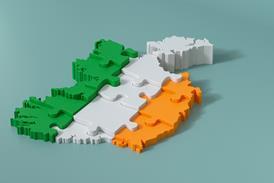





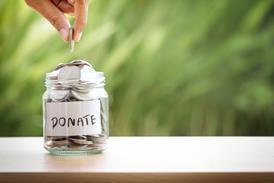
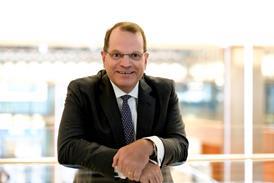












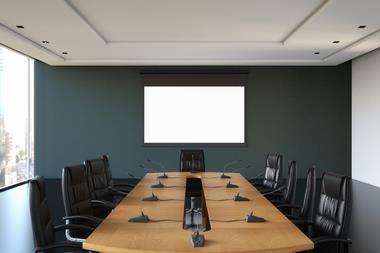
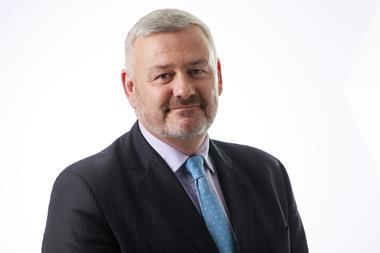
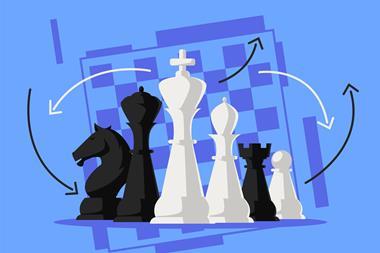





No comments yet